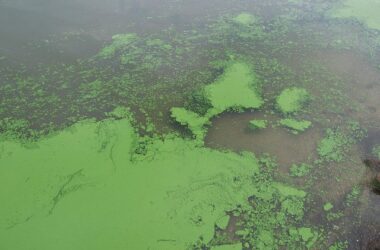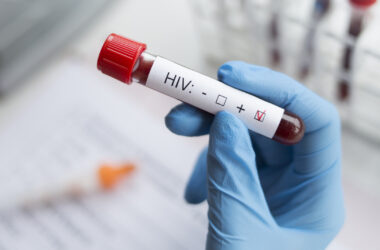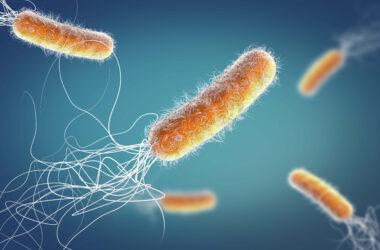How is spider silk so strong? It’s so thin and light!
The properties of spider silk—also known as gossamer—can seem mysterious if we try to think of it as a kind of string; however, the strength of spider silk comes primarily from its complex structure on the microscopic scale.
Gossamer is actually so materially and structurally complex that humans have only very recently been able to—imperfectly—synthesize spider silk in the lab or engineer it inside of a goat. But spiders have been doing this without difficulty for millions of years. What’s their secret?
First of all, people don’t always mean the same thing when they say strong. For example, something that’s strong seems like it should be hard. However, eggshells are a much harder material than rope, and are simultaneously also much weaker. For the purposes of this article, we’ll take strong to refer to tensile strength, which indicates how well something can withstand being pulled apart by outside forces.
It’s no scientific distortion or misrepresentation to say that spider silk has a tensile strength about equal to that of steel—a strand of steel the same width as a thread of spider silk would break under the same pressure.
Gossamer has two main structural components that make it so impressive: Crystalline blocks of protein in a rigid molecular structure, which are connected by and suspended in a stretchy matrix of the same proteins in a looser structure. In addition to the crystalline blocks and stretchy matrix, a variety of trace substances have their own effects: Saltpetre acts as a chemical preservative, phosphoric acid keeps the pH low enough to ward off bacteria, and tetrahydropyrrole keeps the thread from drying out and snapping.
What happens inside a spider to create a substance so much better than human efforts could produce for millennia? The answer, like so many flies, lies in a spider’s gut. Spiders don’t extrude silk the way mammals extrude hair; their abdominal organs––known as spinnerets––manipulate and craft the silk from an already-prepared liquid solution created in the spider’s silk glands.
The starting ingredient of silk is a protein soup known as silk dope, a liquid crystal composed of the same biochemicals that will ultimately be spun into the super-strong thread, but not yet in the peculiar structure that will give it its remarkable properties on a larger scale.
The molecules of silk dope are in what is called a nematic arrangement, which means they naturally align themselves into a roughly parallel formation because of their electric charges. It’s because they do this that the twists in the spider’s spinnerets will be able to further order the silk dope into tougher, stronger silk.
Spiders don’t just make one kind of silk, either. By altering the rate at which they spin or intertwine silk strands in different ways, spiders can customize the strength and elasticity of their web. For example, a spider might spin a thinner silk for day-to-day web repairs, then a more rugged and bulky silk when constructing the protective shielding for their eggs. Spiderwebs are both versatile and still one of the strongest biomaterials in existence.








